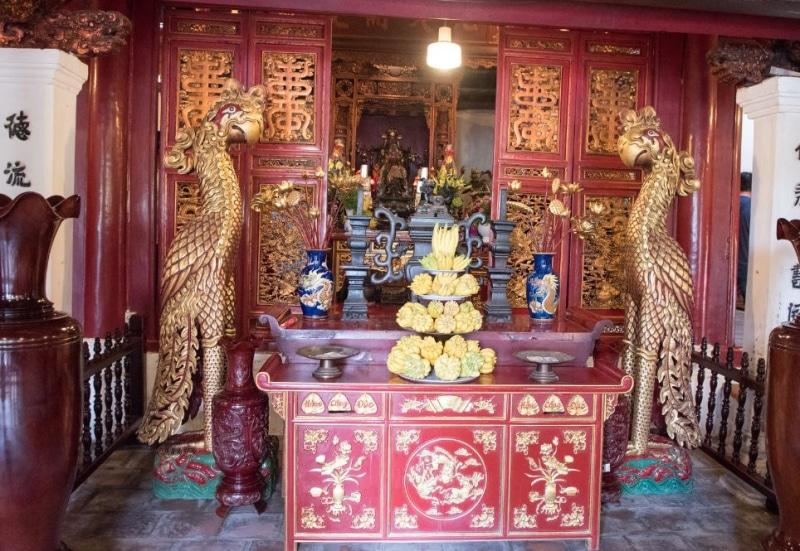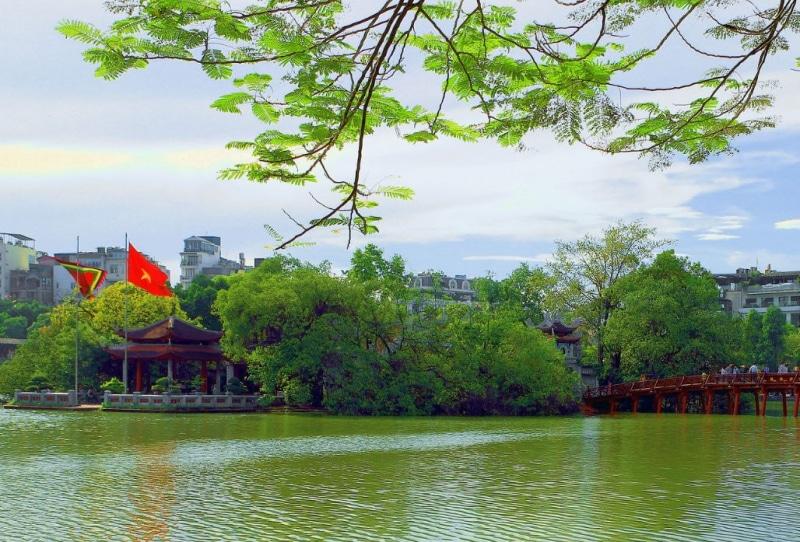Ngoc Son Temple
Removed from Unnamed collection





Source: Angie Bell (Skip the Line Travel) Images may be subject to copyright. Learn More
Ngoc Son Temple, a captivating relic from the 18th century, graces Jade Island at the heart of Hoan Kiem Lake, famously known as the 'Lake of the Returned Sword.' Legend has it that an emperor received a mystical sword, enabling him to triumph over the Chinese Ming Dynasty. In the aftermath of victory, the sword was returned to the Golden Turtle God, who resides in the lake's depths.
Standing proudly nearby is Turtle Tower, a tribute to this enchanting tale. If you're lucky, you might catch a glimpse of the lake's endangered large soft-shell turtles. Spotting one of these gentle creatures is considered a sign of great fortune. The temple’s name, translating to ‘Temple of the Jade Mountain,’ honors the valor of General Tran Hung Dao. This legendary figure led his forces to victory against the 300,000-strong army dispatched by Mongolian Emperor Kublai Khan in the 13th century.
Inside the pagoda, you'll find a striking bronze bust and several revered deities. The altars dedicated to Tran Hung Dao are surrounded by ancient artifacts, including ceramics. Among the treasures is a preserved specimen of a giant turtle, once found in the lake, weighing an impressive 250 kg. A visit to Ngoc Son Temple is not just about stepping back in time, but also about immersing yourself in the vibrant culture and history of Vietnam. As you wander through the temple grounds, take a moment to appreciate the intricate architecture and serene surroundings. It’s a peaceful escape from the bustling city, offering a chance to reflect on the stories and legends that have shaped this remarkable place.
 Angie Bell (Skip the Line Travel)
Angie Bell (Skip the Line Travel)  Vietnam
Vietnam